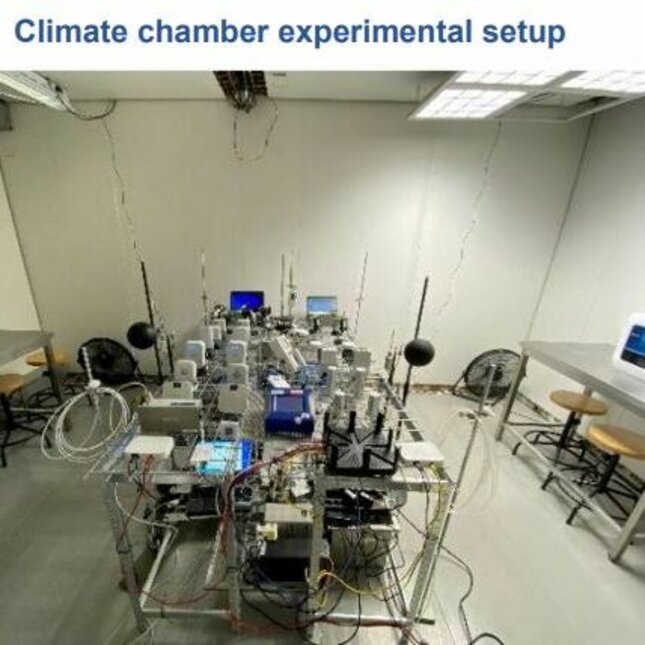| EngD trainee | Vinayak Krishnan |
| Project | Methodical School Ventilation Design to improve Efficiency, Comfort and Health |
| University supervisor | prof. ir. Wim Zeiler, dr. ir. Marcel Loomans, dr. ir. Shalika Walker |
| Company supervisor | ir. Paul Noom |
| Name of company | Kropman Installatietechniek |
| Period of project | August 2020 – July 2022 |

Introduction
Numerous studies have repeatedly pointed out a need to improve indoor air quality and thermal comfort conditions in Dutch school classrooms, which can significantly impact a child’s wellbeing. Many school ventilation systems still rely on natural ventilation to meet their fresh air needs. The COVID-19 pandemic has brought these school ventilation problems to the forefront. Additionally, the ventilation equipment's energy efficiency and performance regulations, especially for Air handling units (AHUs), are getting more stringent. There is also an increasing need to monitor the indoor conditions accurately to understand the classroom situation better. Therefore, this project has been initiated to propose practical solutions for reliable low-cost sensor monitoring in classrooms and designs for high performing and energy efficient AHUs. As a starting step, field studies were conducted in the Netherlands on a large scale in 25 schools using the Masterplan Ventilatie QuickScan and a detailed field study in one school. The large-scale survey in 25 schools found insufficient ventilation in many of the schools. The occupants indicated an uncomfortable thermal environment, especially in winter, and a preference for mechanical ventilation systems. Additionally, the effectiveness of the QuickScan method itself was also evaluated. In the detailed study in one school, high CO2 levels and PM spikes were observed. A spatial variation of the order of 100 ppm in CO2 levels was observed between 5 zones in the selected standard Dutch school classroom. Considering the growing need for accurate low-cost Indoor air quality (IAQ) monitoring sensors, a performance study in a climate chamber setting was conducted to evaluate the current scenario of sensors capable of measuring CO2, PM, and Temperature. The study found that the current market available low-cost sensors can be used to detect variations in indoor conditions in a classroom. However, the performance depends on the activities and the pollutants the sensors are subjected to, especially for PM. Most market available CO2 sensors tested had lower accuracy than those quoted by the manufacturer, while for PM sensors, the accuracy was even lower, especially for changing environmental conditions. Since many school ventilation systems in the Netherlands are underperforming and still based on natural ventilation, optimally designed AHUs in terms of energy efficiency, lower costs, and improved indoor environment quality (IEQ) become essential. By applying the methodical design process and focusing on 3 critical components, namely, the heat recovery, fans, and filters, 7 unique AHU concepts were proposed. Additionally, 15 unique filter concepts were proposed. All these concepts had a good balance of practicality and innovation and were presented for decentralized units of 1050 m3 /h capacity and centralized units of 10,500 m3 /h capacity. This project tackled a system-level problem methodically by focusing on different perspectives, including field studies, low-cost sensors, and new AHU designs. While working from different perspectives with the relevant stakeholders, it was found that an integrated multidisciplinary design collaboration is key to solving the school ventilation challenges of today. This study attempted to achieve this goal and came up with scientifically attested results and design concepts to help the designer make better decisions while designing school ventilation systems in the future. The proposed design methods aim to improve the health and thermal comfort of the occupants while also improving the energy efficiency of the ventilation system.
